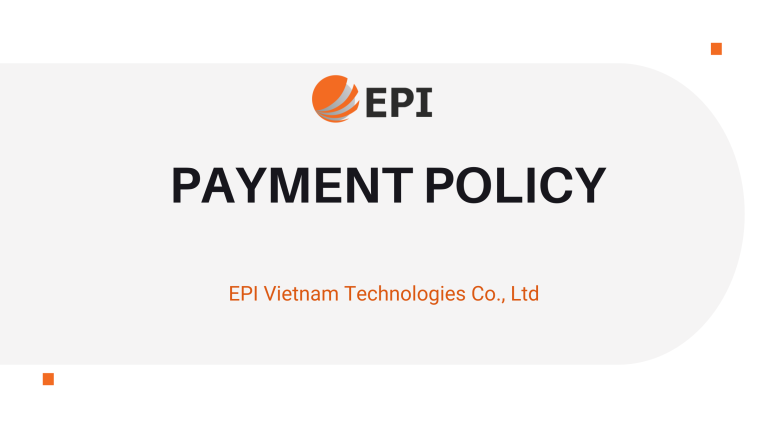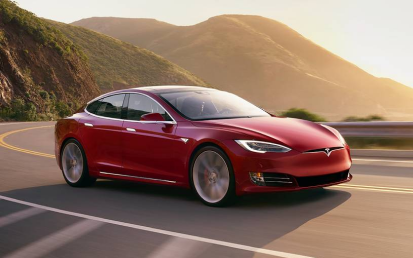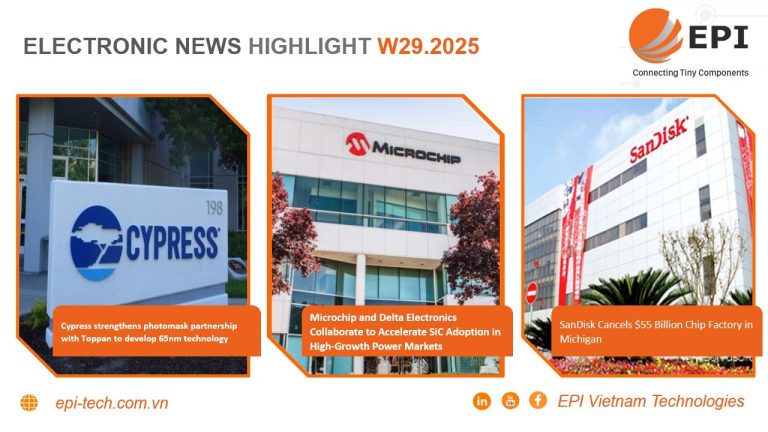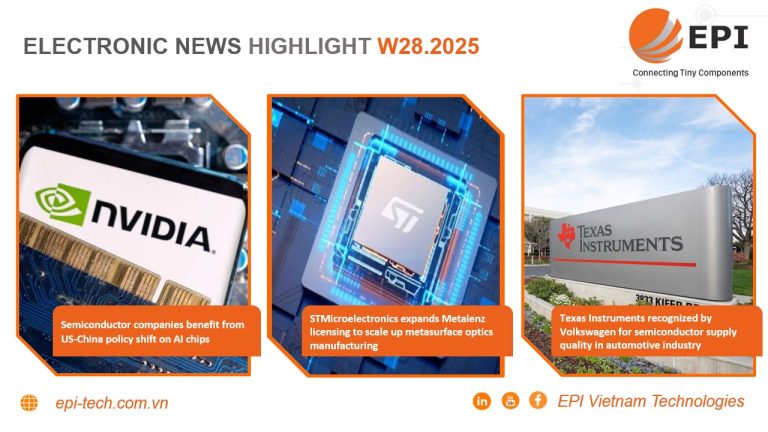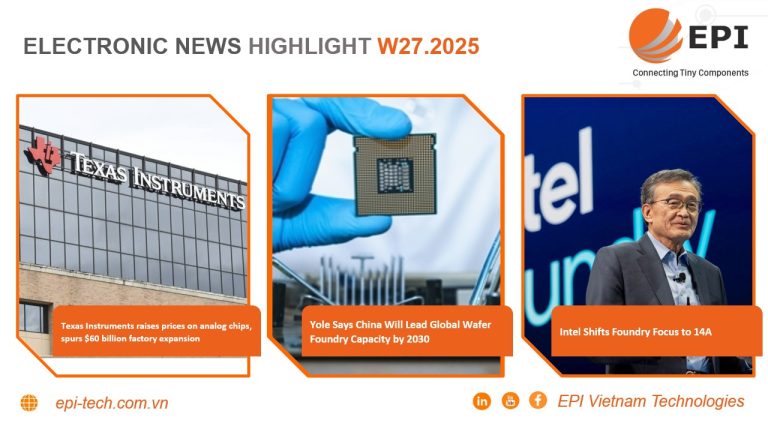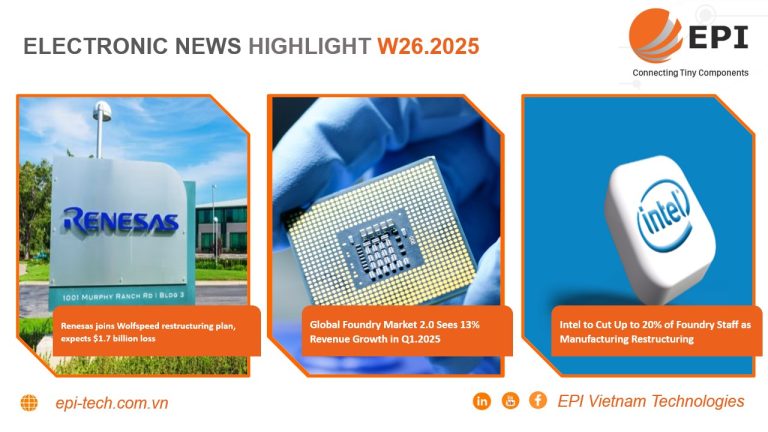ELECTRONIC NEWS HIGHLIGHT W33.2024
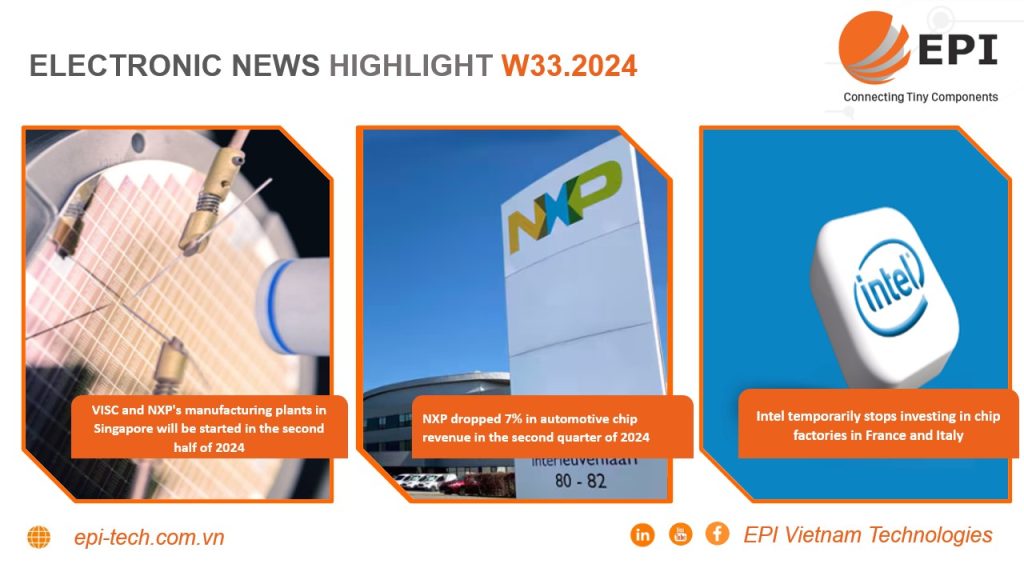
1. VISC and NXP’s manufacturing plants in Singapore will be started in the second half of 2024
According to the latest report from SemiMedia, VISC’s 12-inch Singapore wafer factory will begin construction in the second half of 2024, with trial production expected to begin in 2027 and start generating profits. for the company in 2029.
The new VSMC wafer fab established by VISC and NXP in Singapore will begin construction in the second half of 2024. The product target of the new fab is 0.13um to 40nm and its main applications are management energy, analog products and mixed signals.
Previously, VISC expected this factory to begin putting equipment into operation at the end of 2026 and begin small-scale production in 2027. It is estimated that monthly production capacity will reach about 10,000 units in in 2027, 30,000 units in 2028, and total production capacity will reach 55,000 units per month in 2029.
The report indicates that the new factory will break even in 2028 and contribute about 15.8 billion yuan to VISC’s revenue in 2029, accounting for about 15% to 20% of total revenue in 2029, with a profit margin Gross profit ranges from 28% to 30%.
2. NXP reduced automotive chip revenue by 7% in the second quarter of 2024
According to the financial forecast for the third quarter of 2024 published by NXP Semiconductors, revenue ending the third quarter will range from 3.15 billion USD to 3.35 billion USD, with an average of 3.25 billion USD, lower than the average expectation of the companies. analyst is 3.35 billion USD.
Semiconductor makers around the world have been struggling in recent quarters with sales falling due to a global inventory glut, while the European Commission warned that manufacturers EU chips are at risk of losing significant market share to China when investing heavily in the chip manufacturing industry.
According to NXP, the company’s Q2 2024 revenue decreased 5% to $3.13 billion. NXP announced that sales of the company’s largest division, automotive chips, fell 7% year-on-year in 2023 to $1,728 billion, while industrial and IoT chip revenue increased 7% compared to the same period in 2023. same period last year to 616 million USD; revenue from mobile chips increased 21% over the same period last year to 345 million USD; and revenue from communications infrastructure and other products fell 23% year-over-year to $438 million.
Learn more: NXP reduced automotive chip revenue by 7% in the second quarter of 2024
3. Intel temporarily stops investing in chip factories in France and Italy
According to reports, Intel said in a recent statement that the company has paused its investment in France due to significant changes in economic and market conditions from 2022. Intel said the scope of the project The project is currently being adjusted and France remains an option for Intel’s future R&D research center. In addition, Intel’s plan to build a chip factory in Italy is facing many difficulties, so it is unlikely to come true in the near future.
Intel began negotiations with Italy two years ago to invest up to 4.5 billion euros in a manufacturing plant in Italy, a project that would create 1,500 jobs for Intel and 3,500 jobs for suppliers. But when asked about the factory situation in Italy, Intel said the company is focusing on projects in Germany and Poland. The report points out that Italian Trade Minister Adolfo Urso announced in March this year that Intel had postponed its investment in Italy. This raises doubts about whether Intel will continue to invest in the manufacturing plant in Italy or not?
Learn more: Intel temporarily stops investings in chip factories in France and Italy



 English
English  Tiếng Việt
Tiếng Việt 







